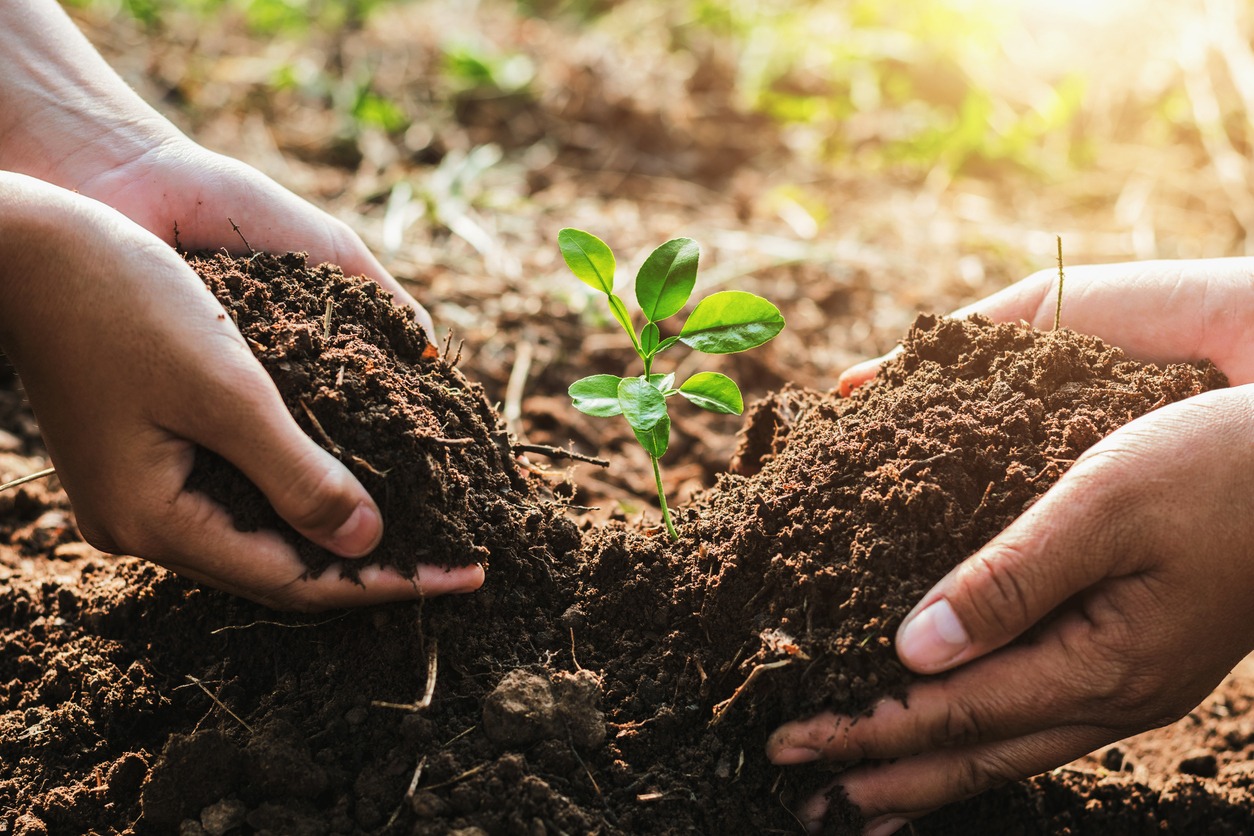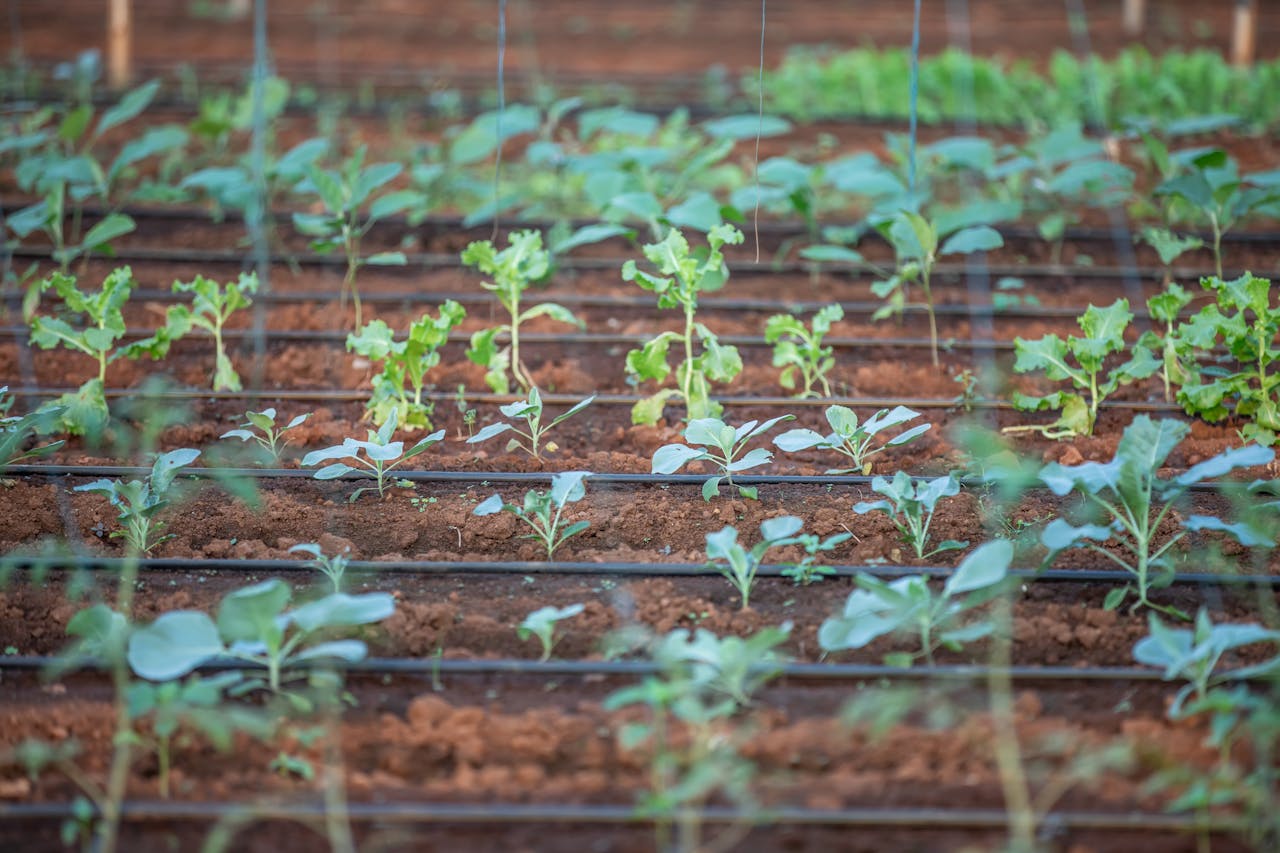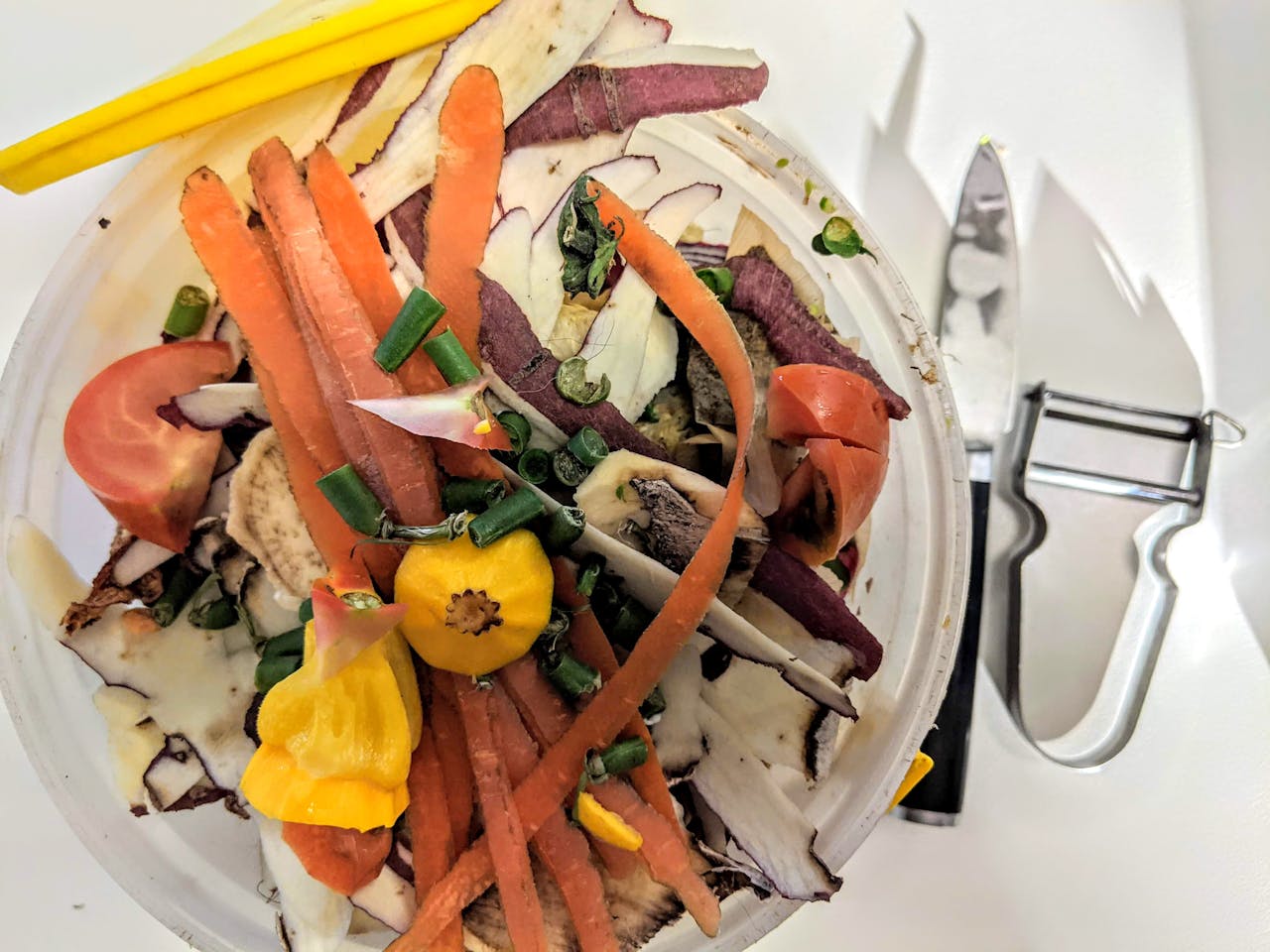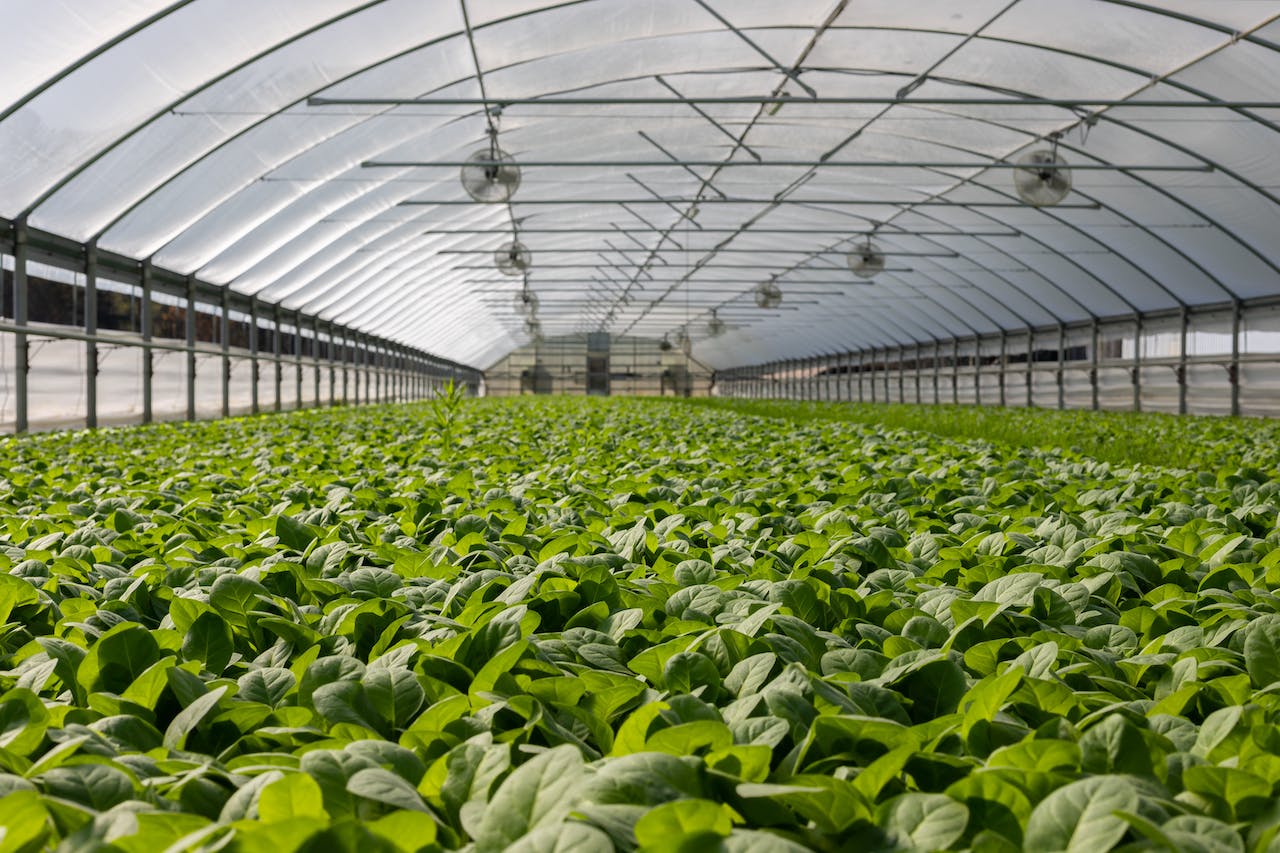How to Implement Green Farming Practices on Your Homestead

Green farming is more than just a trend—it’s a lifestyle change that promises sustainable living, improved productivity, and a healthier environment. As a homesteader, transitioning to eco-friendly farming practices can help you conserve resources, reduce costs, and create a resilient farm that thrives for generations. Whether you’re new to farming or seeking to revamp your methods, this guide will help you adopt practices that are sustainable, practical, and tailored to your homestead.
Why Go Green?
Green farming focuses on preserving the environment while maintaining agricultural productivity. By aligning your farm with sustainable practices, you’ll:
- Enhance soil fertility and health, ensuring long-term productivity.
- Reduce costs by using natural resources more efficiently.
- Improve biodiversity, creating a balanced ecosystem that naturally controls pests and diseases.
- Produce healthier, chemical-free food for your family and community.
- Contribute to global environmental goals like reducing greenhouse gas emissions and conserving water.
Going green doesn’t have to be overwhelming. Small, incremental changes can make a big impact, so don’t feel pressured to overhaul everything at once. The steps below will guide you toward a greener, more sustainable homestead.
1. Assess Your Current Farming Practices
Before making any changes, it’s crucial to understand your current operations. A thorough assessment will give you a baseline to measure progress and identify areas for improvement.
Key Areas to Examine
- Soil Health: Check the texture, fertility, and structure of your soil. Perform a soil test to measure pH, organic matter content, and nutrient levels. Degraded or compacted soil may require immediate attention to improve its productivity.
- Water Usage: Evaluate how you use water for irrigation. Are you overwatering? Is your system efficient, or does it waste water through evaporation or runoff? This is especially critical in areas where water is scarce or expensive.
- Chemical Inputs: Take stock of your use of synthetic pesticides, herbicides, and fertilizers. While effective in the short term, these can harm the environment and reduce the long-term health of your soil and crops.
What to Do Next
Create a checklist or keep a farming journal to document your observations. Include notes on areas like erosion-prone soil, unused land, or excessive chemical use. This will help you prioritize the changes that will make the most significant impact.
Common Challenges
Don’t be discouraged if you find multiple areas that need improvement. This process is about learning and growth. Start by addressing the most critical issues, such as water waste or soil degradation, and tackle others over time.
2. Develop a Tailored Sustainable Farming Plan
A well-thought-out plan is your roadmap to a greener homestead. Tailor your approach to suit your land, resources, and goals.
Land Mapping and Crop Rotation
Divide your land into sections based on soil type, sunlight, and water availability. Use these divisions to plan crop rotation schedules that minimize nutrient depletion and disrupt pest cycles. For example:
- Year 1: Grow nitrogen-intensive crops like corn.
- Year 2: Plant legumes to replenish nitrogen in the soil.
- Year 3: Rotate with root vegetables or grains.
Enhancing Soil Fertility
Healthy soil is the backbone of green farming. Introduce practices like:
- Composting: Use kitchen scraps, animal manure, and yard waste to create nutrient-rich compost.
- Cover Cropping: Plant crops like clover or rye during the off-season to prevent erosion and add organic matter to the soil.
- Organic Fertilizers: Replace chemical fertilizers with natural options like bone meal, fish emulsion, or green manure.
Companion Planting
Pair plants that benefit each other. For instance, marigolds deter nematodes, while beans enrich the soil with nitrogen. Use these natural synergies to reduce your reliance on synthetic inputs.
3. Transition Gradually to Organic Methods
Switching to organic farming requires a strategic and patient approach, but the rewards—healthier crops, soil, and ecosystems—are worth the effort.
Step-by-Step Transition
- Start by replacing synthetic pesticides with natural options. Try neem oil, garlic spray, or diatomaceous earth for pest control.
- Gradually phase out chemical fertilizers, incorporating compost, manure, and other organic matter to enrich the soil.
- Use biological pest control by attracting beneficial insects like ladybugs and praying mantises. Planting pollinator-friendly flowers can also boost biodiversity.
Managing Weeds Naturally
Instead of using chemical herbicides, try:
- Mulching: A thick layer of straw, leaves, or wood chips suppresses weeds and retains soil moisture.
- Hand-Weeding: Labor-intensive but effective, especially for small farms.
- Livestock Integration: Chickens and goats can graze on weeds, simultaneously providing fertilizer.
4. Implement Water Conservation Techniques

Water conservation is essential for sustainable farming, especially in regions prone to drought or water shortages.
Efficient Irrigation Systems
- Drip Irrigation: Delivers water directly to the plant roots, minimizing evaporation and runoff. While the initial setup may require investment, the long-term savings are substantial.
- Precision Sprinklers: These systems distribute water evenly and can be adjusted to avoid overwatering.
Rainwater Harvesting
Install rain barrels or tanks to collect and store rainwater for irrigation. A properly designed system can provide free, clean water for your farm.
Maximizing Water Retention
- Use organic mulch to retain soil moisture and reduce evaporation.
- Plant drought-resistant crops like sorghum, millet, or native perennials in areas with low rainfall.
Monitoring Water Use
Install water meters or soil moisture sensors to track how much water you’re using. This data can help you adjust your practices and reduce waste.
5. Embrace Renewable Energy Solutions

Reducing reliance on fossil fuels is an important aspect of green farming. Renewable energy sources can power your homestead sustainably while lowering long-term costs.
Solar Panels
Solar panels can power irrigation systems, greenhouses, and farm equipment. They’re a one-time investment that pays off over time through reduced electricity bills.
Wind Turbines
In windy areas, small wind turbines can generate electricity for your farm. They’re ideal for off-grid homesteads aiming for energy independence.
Biofuels and Biogas
Turn agricultural waste like manure and crop residues into biofuels or biogas. These can be used for heating, cooking, or powering machinery, reducing waste and costs.
Energy-Efficient Practices
- Upgrade to energy-efficient lighting and appliances.
- Use fuel-efficient tractors and machinery.
6. Adopt Agroforestry and Permaculture Practices
Agroforestry combines trees, crops, and livestock to create a self-sustaining system that mimics natural ecosystems.
Agroforestry Techniques
- Windbreaks: Rows of trees that reduce wind erosion and create a microclimate for crops.
- Alley Cropping: Plant crops between rows of trees, benefiting from shade, wind protection, and nutrient cycling.
- Silvopasture: Combine tree planting with livestock grazing for a system that controls weeds and enriches the soil.
Permaculture Principles
- Design your farm to use every resource efficiently, from planting on contour lines to capture water to using waste as fertilizer.
- Create diverse ecosystems where plants, animals, and insects work together to maintain balance.
7. Establish Composting Systems

Composting is one of the simplest and most effective ways to recycle organic waste into nutrient-rich soil.
Building a Compost Bin
Use inexpensive materials like wooden pallets or plastic barrels to build a compost bin. Ensure it has good ventilation and is easy to access for turning the compost.
What to Compost
Include fruit and vegetable scraps, eggshells, grass clippings, and dry leaves. Avoid meat, dairy, and oily foods, which can attract pests.
Using Compost
Spread finished compost on your fields and garden beds to improve soil fertility and structure. It’s especially useful for sandy or clay soils.
8. Achieve Organic Certification
If you plan to sell your produce, organic certification can boost your credibility and market access.
Steps to Certification
- Research certification requirements in your region, such as USDA Organic or GlobalG.A.P.
- Maintain detailed records of your farming practices, including inputs and outputs.
- Adjust your methods to meet organic standards, such as avoiding prohibited substances and preserving soil health.
Is Certification Worth It?
While the process involves costs and inspections, the benefits include higher prices for your products and access to a growing market of environmentally-conscious consumers.
9. Engage the Community and Continue Learning
Green farming is more impactful when shared. Build a network and stay informed to keep improving your practices.
Collaborate Locally
Join local farming cooperatives or sustainability groups to exchange resources, ideas, and support.
Educate Others
Host workshops or farm tours to teach your community about sustainable farming. This not only spreads awareness but can also generate extra income.
Stay Informed
Keep learning through books, online courses, or local agricultural events. The more you know, the better equipped you’ll be to adapt and thrive.
Conclusion
Transforming your homestead into a sustainable farm is a journey, not a sprint. Focus on small, manageable changes—like composting or switching to drip irrigation—and build from there. Each step you take not only benefits your farm but also contributes to a healthier planet.
Your commitment to green farming can inspire others and pave the way for a more sustainable future. Start today, and turn your homestead into a thriving, eco-friendly sanctuary that supports you and the earth for years to come.




